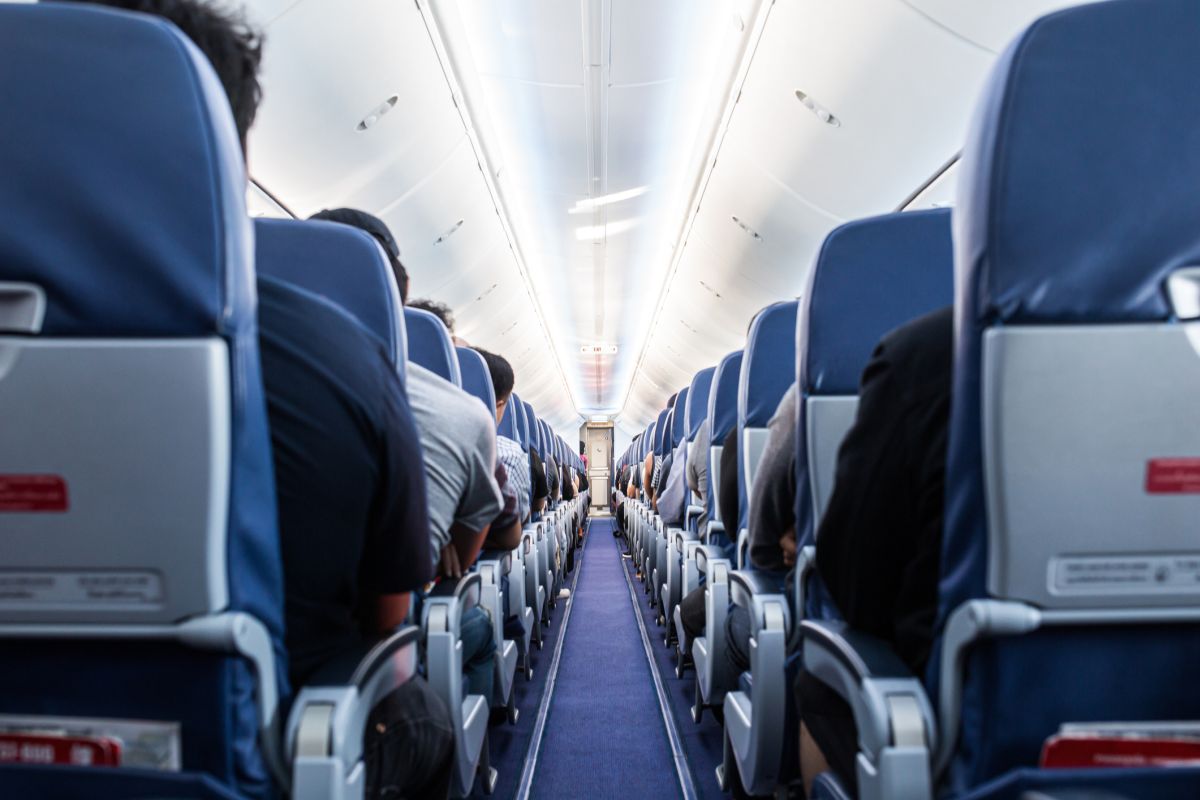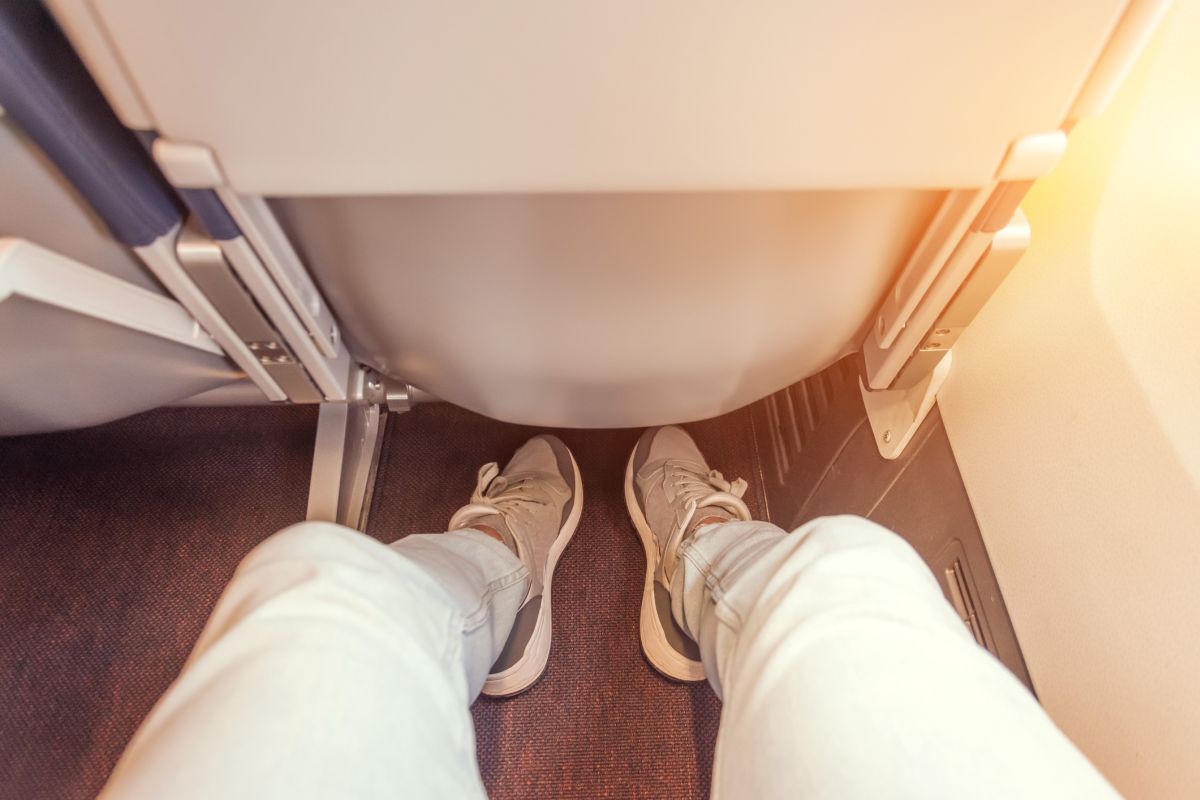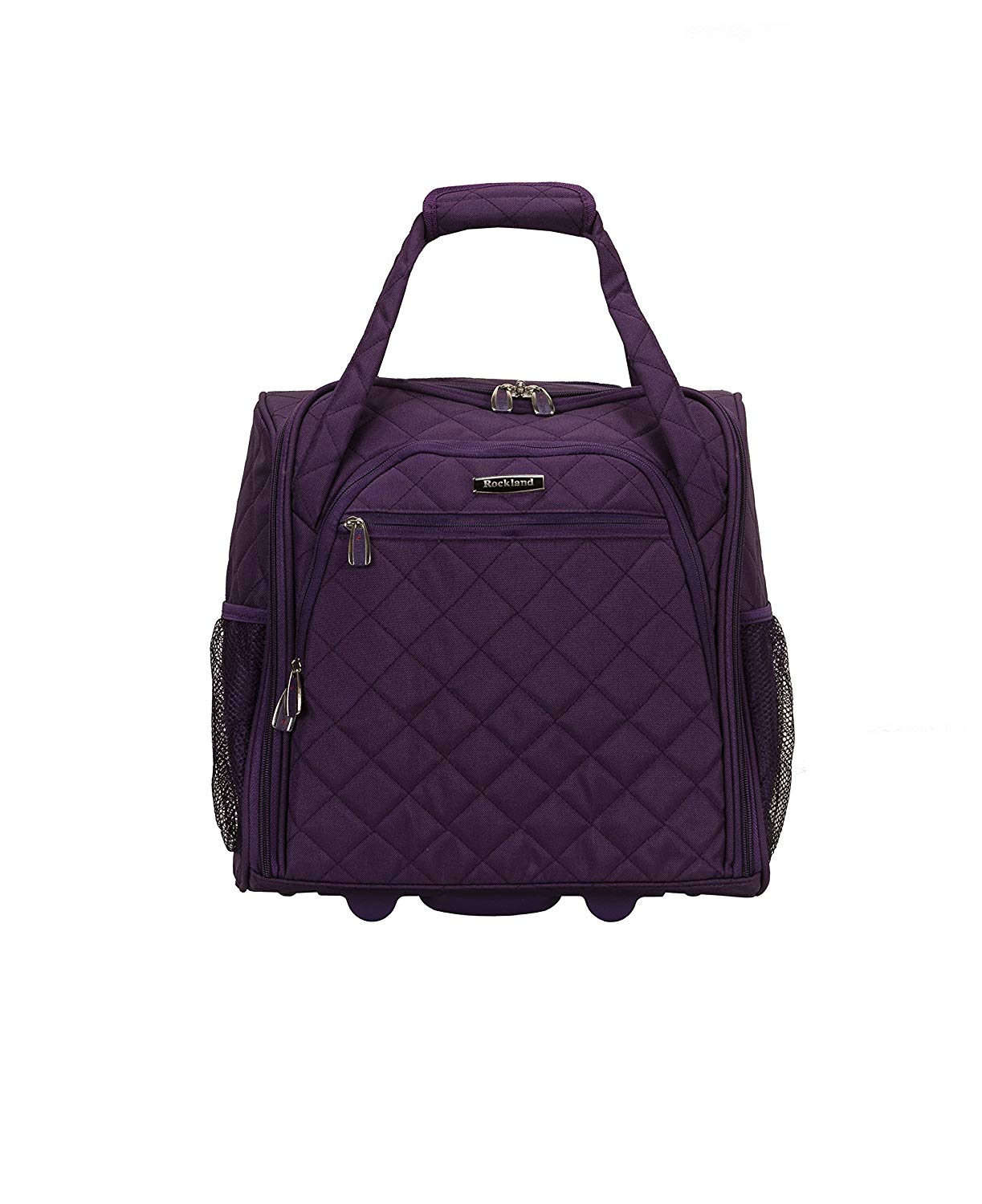Getting Your Bag To Fit: Understanding The Size Of Underseat Luggage
Are you tired of playing guessing games at the airport, wondering if your personal item will actually fit under the seat in front of you? It's a common travel worry, and honestly, knowing the exact size of underseat luggage you can bring along can make a huge difference in your journey. Nobody wants unexpected fees or the stress of having to gate-check a bag they thought was fine, you know?
The truth is, what counts as a "personal item" or "underseat bag" isn't always the same across different airlines. These measurements, quite frankly, can change a bit from one carrier to another. That's why getting a clear picture of these limits is super helpful before you even pack your suitcase, basically.
This guide aims to clear up some of that confusion. We'll explore the typical measurements, look at what some major airlines expect, and share some really useful tips for picking a bag that works for most situations. So, let's get into the details, you know, and help you travel a little bit lighter and with less fuss.
Table of Contents
- Why Underseat Luggage Matters So Much
- What's the Typical Size of Underseat Luggage?
- Airline-Specific Underseat Luggage Dimensions
- Choosing the Perfect Underseat Bag
- Smooth Sailing: Security and Boarding with Your Bag
- Frequently Asked Questions About Underseat Bags
- Wrapping Things Up
Why Underseat Luggage Matters So Much
Having a bag that fits under the seat in front of you is a real travel advantage, honestly. It means you get to keep your important things close at hand during the flight. You won't have to struggle with overhead bins, and that's a big plus, especially on a full flight, you know?
Plus, picking the right size underseat luggage can save you some money. Many airlines charge extra for carry-on bags that go in the overhead compartment, but personal items that fit under the seat are often free. That's a nice little bonus, isn't it? This can make a pretty significant difference to your travel budget, especially on longer trips, basically.
It also makes getting on and off the plane a whole lot quicker. You just grab your bag from under your seat and go. There's no waiting for the aisle to clear, or trying to pull a heavy bag down from above, which is a big relief, really. This quick exit can be a lifesaver when you have a tight connection or just want to get to your destination faster, as a matter of fact.
Beyond the practical side, it simply reduces stress. Knowing your bag is compliant means one less thing to worry about at the airport. You can just focus on enjoying your trip, which is what travel is all about, right?
What's the Typical Size of Underseat Luggage?
When you're thinking about the size of underseat luggage, there are some general figures that come up pretty often. These aren't set in stone for every airline, but they give you a good starting point for your search, so it's almost like a helpful hint, you know.
General Guidelines to Keep in Mind
From what we gather, underseat baggage should typically be no larger than 14 inches tall, 18 inches wide, and eight inches long. This is a common measurement you'll find mentioned in many travel guides and airline policies. It's a pretty good idea to keep these numbers in your head when you're shopping for a new bag, as a matter of fact.
Another common suggestion, in a way, is around 16 inches (40 cm) in length, 10 inches (25 cm) in width, and 8 inches (20 cm) in height. So, you can see there's a slight bit of variation even in the general advice. This just means being a little flexible with your bag choice is smart, you know, because a bag that’s a bit squishy might fare better than a rigid one, for instance.
These guidelines are meant to give you a general idea of what will likely fit. They are a common rule of thumb, but they don't replace checking your specific airline's policy, which is always the most accurate source, honestly.
Why These Measurements Change a Bit
The main reason these measurements can differ is simply because airlines have different planes and different seat configurations. A smaller regional jet might have less space under the seats than a larger international aircraft, for instance. That's why what works on one flight might not work on another, basically.
Also, each airline sets its own rules. They decide what they consider a personal item and what size that item can be.

Underseat Luggage Size: How to Pack Accordingly

Underseat Luggage Size for Seamless Travel

10 Best Underseat Luggage to Carry On 2024 - Luggage & Travel